#the Victorians and their long hair
Explore tagged Tumblr posts
Text

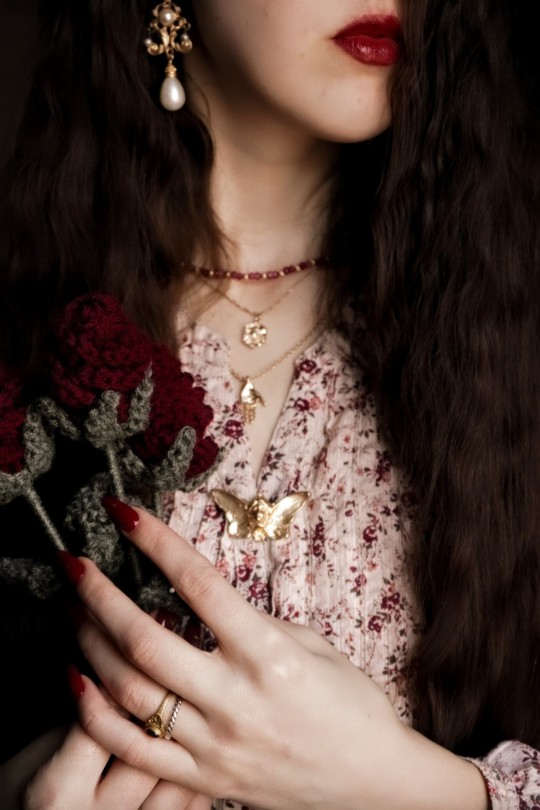


My hair is starting to look positively Victorian
February 2025
#I crocheted these flowers and perfumed them so they really do smell like roses 🌹#olga's diary#hair#my photography#roses#vintage style#victorian aesthetic#vintage fashion#long hair#my post#outfit#crochet#pre raphaelite#victorian#preraphaelites#dark academia aesthetic#dark academia fashion
828 notes
·
View notes
Text


I finished my Ophelia costume for Halloween in plenty of time. So we went and did a quick photoshoot in the woods 🪷
#cottagecore#cottage core#pre raphaelite#pre raphaelism#ophelia#Ophelia costume#fairycore#faeires#faecore#forest#forestcore#nature#naturecore#nature art#long hair#long hairstyles#19th century#Victorian#victorian aesthetic#victorian era#19th century art#Halloween#Halloween 2024#green aesthetic#elf#elf aesthetic#sewing#cosplay#costumes#fayriequeene
872 notes
·
View notes
Text


Little drawing I just finished
814 notes
·
View notes
Text
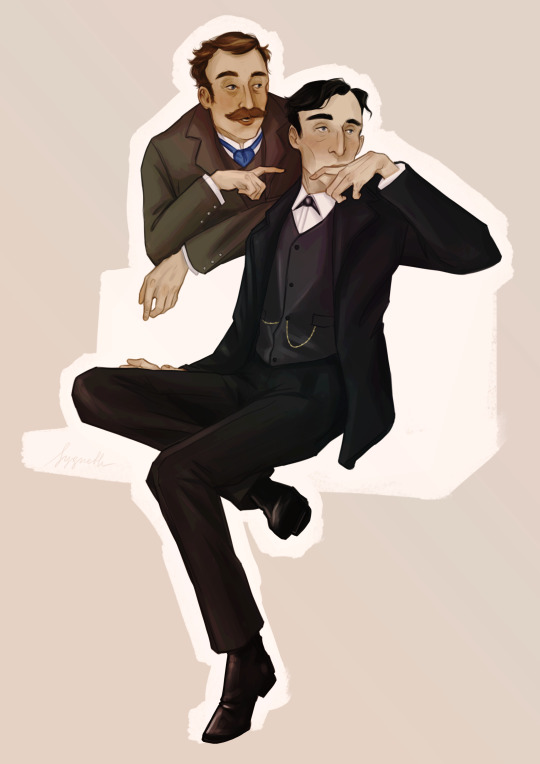
game of deduction
#my art#victorian husbands#john watson#sherlock holmes#sherlock holmes fanart#acd canon#acd holmes#acd watson#still haven't decide what hair do i want to draw holmes with buuuut#i am kind of leaning towards this one? maybe? idk#drawing really short hair is just a nightmare for me lol#i already died three times drawing watson's hair because. too short#(but i want to give justice to sherlock's receding hairline at the same time nggh the strongest battles why must i suffer like that)#[sometimes i hope no one reads tags on my art posts]#i suppose this shade of blue tie wouldn't be the most usual for daywear back then? but i couldn't resist for it to match his eyes#hooray first solid drawing for a *long* timeee
1K notes
·
View notes
Text

The romantic look of a man in love, romantic dinner consequences, strawberry jam, all that.
Texture/coloring/anatomy from memory exercise with the best bb in BG3. Gonna be sharing Athios too because they come in a pack.
#bg3#baldurs gate 3#larian#baldurs gate 3 fanart#dnd#Astarion#Astarion Ancunin#vampire#gothic#goth#queer#queer artist#Victorian#long haired Astarion#because I can#JOGH
129 notes
·
View notes
Text

A Young Woman Reading, Marie Bashkirtseff. 1880.
#aesthetic#art#art history#fashion#historical fashion#historical art#women in art#women#victorian#victorian aesthetic#1880s aesthetic#1880s style#1880s gowns#gilded age#the gilded age#blue dress#blue#blue aesthetic#Victorian hair#long hair#Cinderella vibes#Cinderella
290 notes
·
View notes
Photo

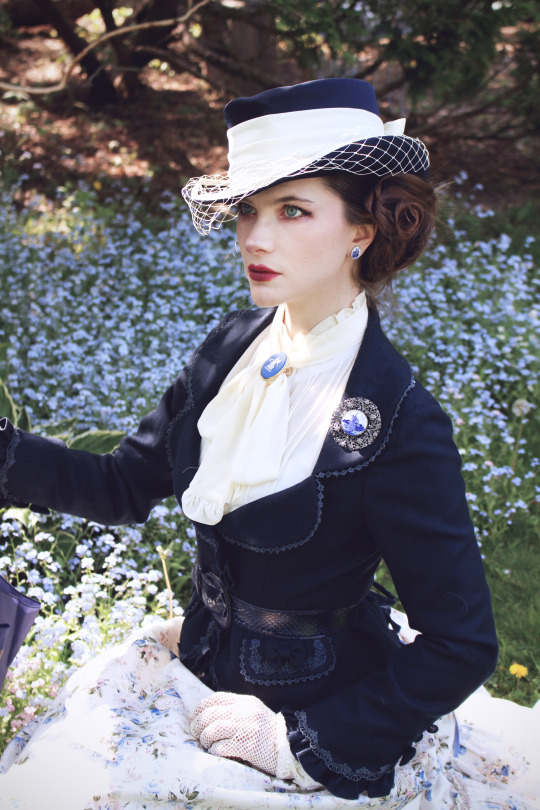
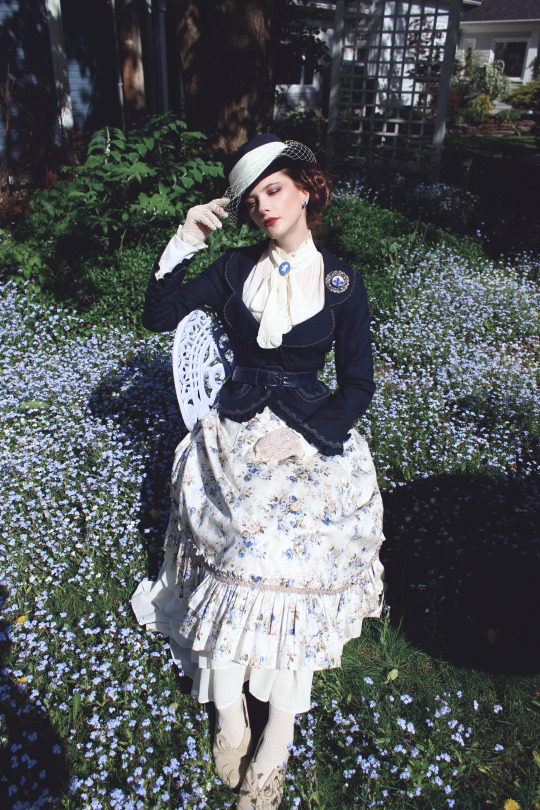
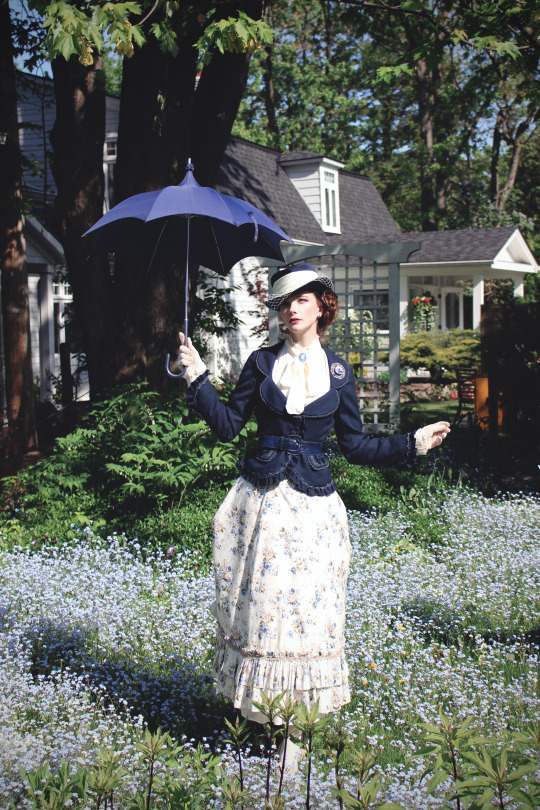
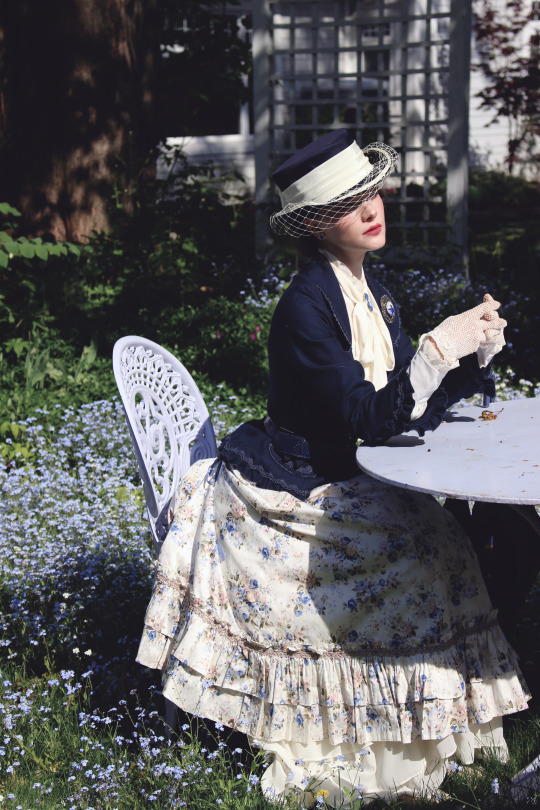
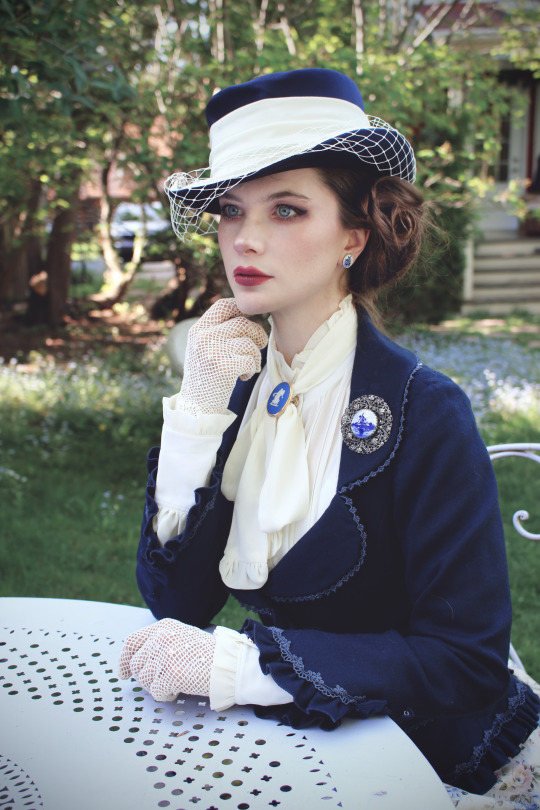

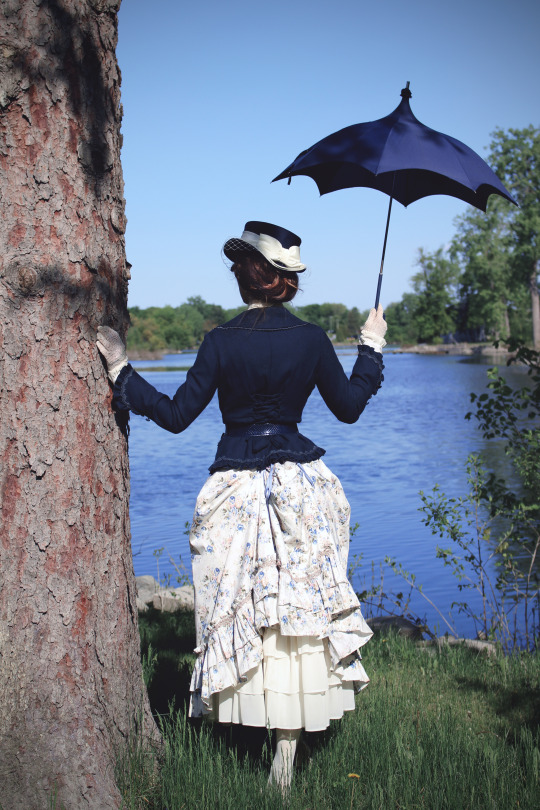
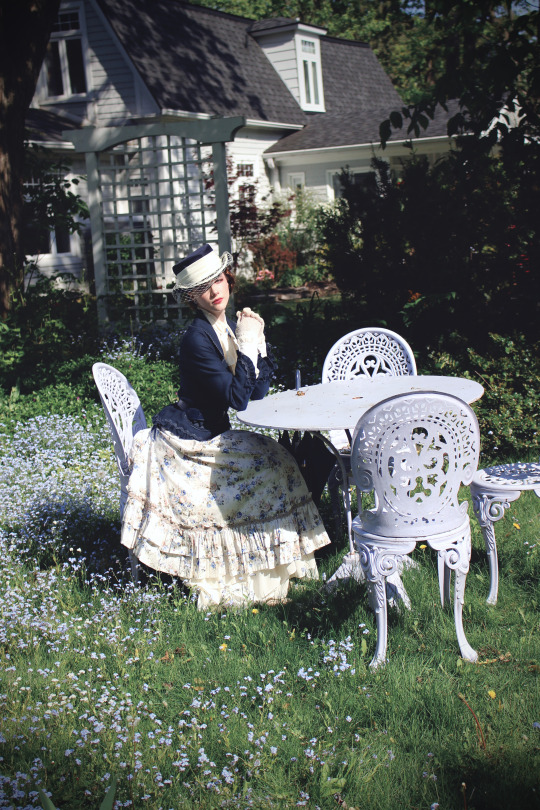

Blue afternoon
Outfit rundown Jacket: second-hand Mary Magdalene Skirt: second-hand Victorian Maiden Blouse and underskirt: old The Floral Notebook (dead indie brand) Hat: vintage Parasol: Alice and the Pirates Gloves: second-hand Victorian Maiden Shoes: old Hotter Shoes Belt: thrifted Brooches and earrings: vintage
#fashion#egl#ega#classiclolita#vintage#vintage style#vintage fashion#vintage hair#mary magdalene#victorian maiden#historybounding#modern edwardian#gibson girl#blue flowers#florals#bustle skirt#alternative fashion#jfashion#long hairstyles#rococo bouquet#fanny rosie#fannyrosie
1K notes
·
View notes
Text
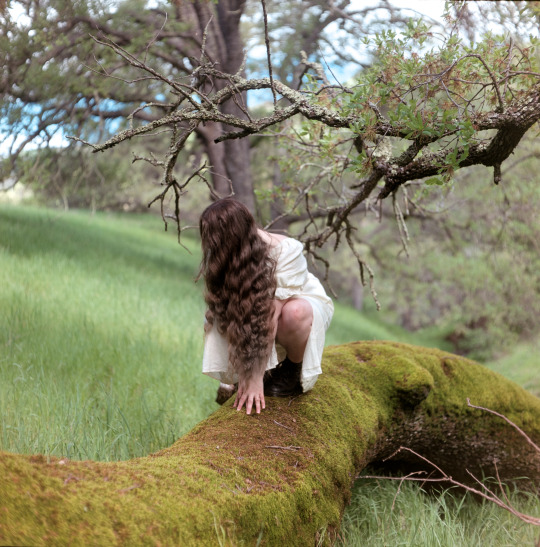
The Perch. 2024. ph. Insley Smullen.
#cottage core#long hair#victorian#spring#country time#country core#countryside#photography#analog#ektar#kodak#medium format#mamiya
154 notes
·
View notes
Text
"some one show me which way to go, I need guiding in my choice, on what to do, someone has to heeelp me"

I think I'm gonna grow my hair long 🙀🤭
#long hair#girlblogger#femcel#dollette#lana del rey#whisper girl#im just a girl#baby doll#female hysteria#girl interrupted#coquette dollete#hell is a teenage girl#locally hated#sparkle jump rope queen#gaslight gatekeep girlboss#just girly thoughts#this is a girlblog#shitpost#sillyposting#just girly things#goth#girlblogging#girlhood#angel#girl hysteria#fawn angel#gothic victorian#victorian gothic#clara bow#tina aumont
35 notes
·
View notes
Text

Fixed colors
#pixel art#pixel graphics#pixel illustration#anime#anime art#manga#maid#maid costume#maid uniform#maid outfit#collar#cute#woman#art#illustration#blue eyes#blond girl#blond hair#long hair#victorian
29 notes
·
View notes
Text
EDWARDIAN HAIR CARE

REGULAR HAIR CARE
Hair was brushed every morning before dressing it, and should be brushed and put into a loose braid each night. In the summer, two braids was recommended for better ventilation.
Combs and brushes were to be washed after each use.
If one has the time and energy, a massage can be done daily. Many women with long, luscious locks claimed this to be the key to their hair.
Hair tonics were applied usually every other day. These often included oils that we still use for hair today (such as rosemary oil, bergamot oil and castor oil). Some were made for the scalp, other tonics were to be applied to the ends of the hair.
HAIR WASHING
Edwardians believed that shampooing too often would rid the hair of necessary oils, and cause the hair to become dry and fall out. I read some sources that claimed hair should be washed once a month, with some using dry shampoo methods to prolong the time between washes, stretching it out to 5 weeks. If the hair was prone to becoming greasy, you may want to wash it every 7-10 days. Other sources claimed that hair should be washed once a week. It seems women with longer hair agreed that hair should be washed as little as possible.
Shampoos were either made at home, or the hair was washed at a salon. There were many different shampoo recipes, though a very simple one was to mix two raw eggs and two tablespoons of water. A mug would have been used to properly rinse the hair out with clean water, until no particle of shampoo remained. The water would be as cold as they could bare it.
There were a few methods of drying the hair. Patting dry or wringing out hair with a towel, using a palm-leaf fan to fan the hair, sun and air drying. Some used a mixture of these methods. Some Edwardians liked to lay their hair out over a radiator to dry the hair in a much quicker manner, though they knew this would damage the hair, especially after the shampoo removed any protecting hair-oils.
Something to note here is that Edwardians used boar bristle hairbrushes, which distributes the oils of the hair evenly unlike many modern hair brushes. Since they were brushing their hair daily, this is how their hair was able to avoid the greasy look and have a longer time period between washes.
HAIR CUTTING / SINGEING / SPLIT ENDS TREATMENT
The Edwardians used singeing as a means for treating hair that is “impoverished or not in normal condition.” When the ends of one’s hair were dry and split, the hair would be subjected to burning, which was to be done by professionals. “Take strands of hair, twist them tightly — that there will be no draught — and then quickly run over each a lighted taper, that burns the tiny ends sticking out and does not affect the long growth.”
Hair singeing was not to be done more often than once in three months, and sometimes longer.
Many believed the superstition that hair singeing should not be done except when the moon in new.
Some also believed this hair-singeing to be the best method, and that the hair should not be cut with scissors, as it would “make the hair bleed,” (they thought the ‘unsealed’ ends from hair cutting would allow moisture from the hair to drip out, whereas burning would seal the ends).
#did a lil research today ♡ thought it would be cool to share!#edwardian#victorian#long hair#hair#hair care#beauty#1800s#1900s#edwardian era#1910s#nymphaea's whispers
141 notes
·
View notes
Text


Last weekend I went to Wightwick manor to see some of the pre raphaelite art, and I sort of dressed up on theme 🌿
#cottagecore#pre raphaelite#cottagecore aesthetic#cottagecore style#cottagecore fashion#flowercore#naturecore#fairycore#flower aesthetic#art#painting#art history#studying#studyblr#victorian#victorian art#pre raphaelism#vintage#vintage style#retro style#19th century art#long hair#long hairstyles#william morris#fayriequeene
837 notes
·
View notes
Note
i'd love to learn just how victorian rational dress reformists would react at contemporary feminine hairstyles!
...in a similar line of thought do we have any records about their opinions on the Practicality of little girls hair or even the 20's bob (if some lived to see it)?
I'm not sure!
One of their biggest beefs with hair in their own time was often with hairpieces: false buns, curls, bangs/fringes, etc. used to augment one's natural hair. I'm not sure if they felt it weighed the head down or the extra pins were uncomfortable or what, but they didn't like it. false hair still exists, but its popularity has vastly waned. so maybe they'd think we had solved some issues- though long hair worn loose all the time would probably be seen as Hampering to women's daily activity
You do see some advocacy for short hair as an easier and sometimes healthier (??) option, but more often I've seen artistic and/or Dress Reform-oriented women with short hair who said nothing about it. You also have men who are...clearly just into ladies with short hair writing long Ye Olde Thinkpieces about how great it is. I mean, no shame there, I guess- everyone has their Thing. And while short hair on women was unusual, the Victwardians didn't seem to regard it with the same massive distrust and hand-wringing as conservative commentators of the 1920s did. Perhaps because it was less widespread?
The idea that little girls not only could have short hair but should was fairly common throughout the 19th century, obviously with variations. Similar reasoning was in play to that you might expect nowadays: that it was easier to care for, and that an active child wouldn't be hindered by it. there was also an idea, similar to that which led some women's hair to be cut off during serious illness, that short hair kept the head cooler and prevented or lowered fevers. I've actually read an admonition to keep children's hair short for just that reason in a book from the 1830s- The Ladies' Medical Oracle, by Elizabeth Mott. obviously this wasn't universal- see also: the original Alice in Wonderland illustrations, although it's worth noting that the real Alice Liddell had a bob as a child
(yes, little girls were expected to be active to a degree- even more if you're reading a book by someone who has experience with Actual Human Children. some doctors fretted that the uterus would be damaged by too much physical activity, but it seems like in practice, parents' were...again, aware of how real children behave. Longfellow's 1860 poem The Children's Hour describes his daughters storming his office to shower him with affection, quite energetically, and it was a smash hit)
as for how they reacted to 1920s bobs...well, most of the adult adopters thereof had at least lived through part of the Long Hair As Default For Women Edwardian era, and their thoughts ranged greatly on the subject. In fact, essays by Irene Castle (believed to be the originator of the trend in her late 20s c. 1913 or 1914, long before it caught on properly) and Mary Pickford (a late adopter at age 36 c. 1928) on why they had vs. hadn't cut their hair are often paired together as a commentary on how the trend was seen, along with others. sometimes these essays are rather strange- one wonders why these women, who must have lived when adult women all wore their hair up every day, describe the alleged oppression of "long, trailing locks." I guess when what you like has some social unacceptability, you might be inclined to phrase things in black and white thus
Dress reformers of the 1920s were more concerned with the deleterious effects of high-heeled shoes and the general idea that young women were encouraged to be too frivolous- and too loose in their sexual morals, as represented by the "short skirts"- actually about calf-length -and low-backed evening gowns of the era. that sounds kind of weird today, in the era of sex positivity, but earlier dress reform had, with a few exceptions, disavowed ideas of sexual freedom as thoroughly as mainstream society did. and I kind of get it- the notion that they advocated "free love" was often used to discredit genuine women's rights groups. still they weren't totally immune to sexual mores of their time, and some likely genuinely believed what they were saying
and that's not even getting into the Coiffure a la Titus trend of the late 18th-early 19th century, which had advocates claiming it was the best thing ever and detractors insisting it would result in women catching colds all the time. it was ever thus
anyway that's a bit of a long-winded answer, but I hope it helps!
#ask#fashion history#hair history#1920s#victorian#edwardian#long post#chibigrimmreaper#as you have probably noticed if you've seen my selfies I am Team Long Hair for myself. had fun with short hair in college but#the upkeep and styling was too much#if I could magically grow it all out again in an instant I'd maybe play around a bit more but. I can't.#and it behaves well when it's long#so yeah#that being said ladies are gorgeous in any hairstyle!
60 notes
·
View notes
Text

1872
#1872#1870s#history#fashion#historical#fashion history#historical fashion#victorian#victorian fashion#victorian era#1870s fashion#1870s dress#1800s#1800s fashion#1800s photography#1800s dress#late 1800s#19th century#19th century fashion#19th century dress#black and white#history tag#vintage photography#long hair#antique#antiquebee
34 notes
·
View notes
Text


Romantic dinner consequences.
Athios and Astarion 🗡️🍒
#bg3#baldurs gate 3 fanart#baldurs gate 3#Astarion#Durge#dark urge#drow#high elf#old gay men lol#vampire#Victorian#long haired Astarion#jogh#Deathly Athios
92 notes
·
View notes
Text





'This is the closest I've been to home in years...'
— Val (sometime during fifth year)
#long haired val bc why not#more of this babie's headshots coming thruuu#went on full-on sickly victorian child this week XD but i'm recovering now so it's good 😌#i have a flight today so i'll try to catch up on everything that i have missed#by catch up i mean catching up like a sloth 🦥😁✨#decembers are always quite smth for me 🤣#hogwarts legacy#hogwarts legacy mc#slytherin#valentine black#hogwarts legacy screenshots#hogwarts legacy photo mode#hogwarts school of witchcraft and wizardry#hphl mc#hl mc
44 notes
·
View notes